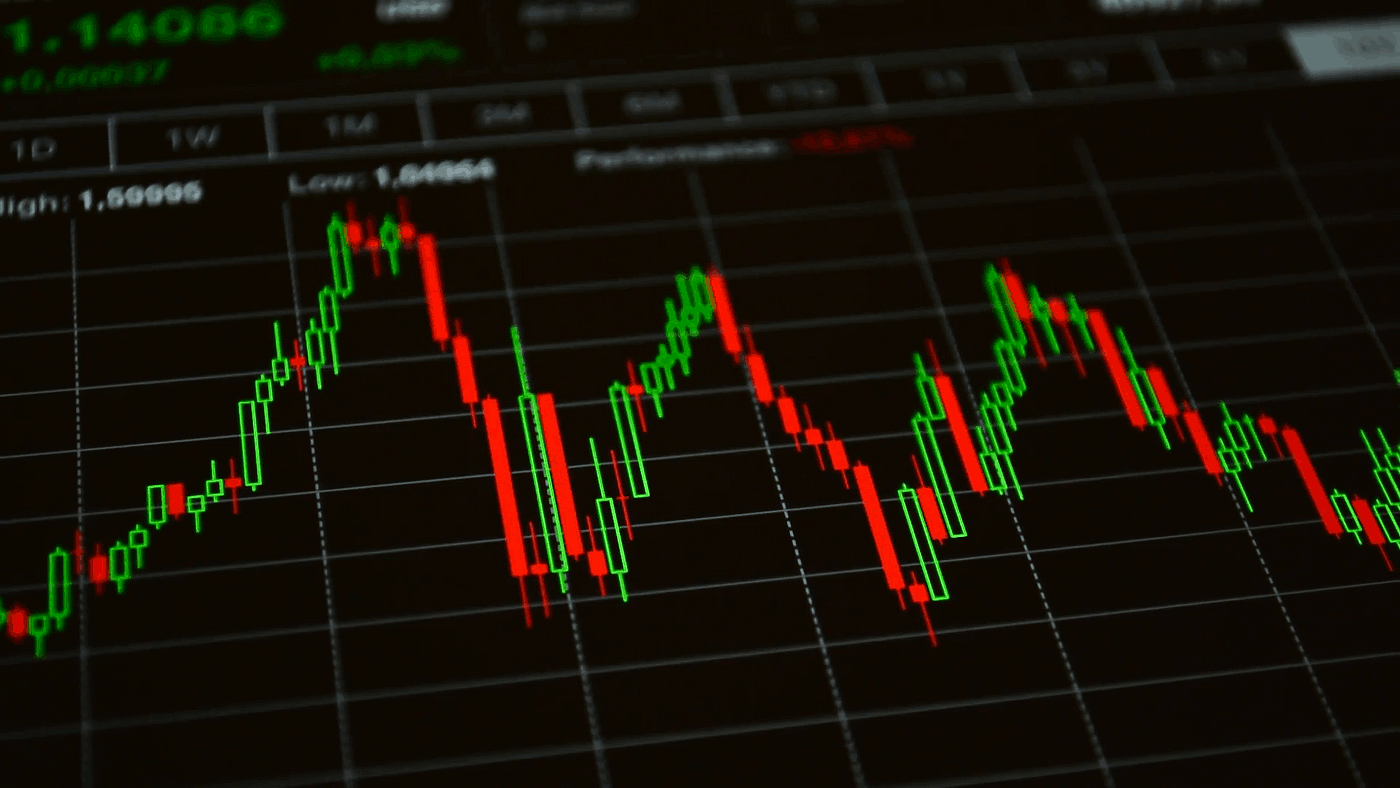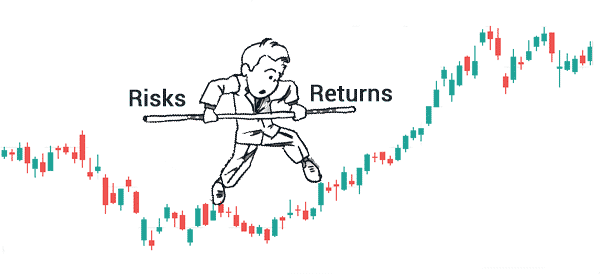
Technical Analysis

Unlocking the Secrets of Technical Analysis in Stock Trading
In the world of stock trading, making informed decisions is crucial. Investors and traders rely on various tools and strategies to help them navigate the complex and ever-changing landscape of financial markets. One such strategy that has stood the test of time is technical analysis. In this blog, we'll dive deep into what technical analysis is, how it works, and why it's a valuable tool for traders and investors alike.

Understanding Technical Analysis
At its core, technical analysis is the study of historical price and volume data to predict future price movements of stocks, commodities, or any other financial instruments. This approach assumes that market prices reflect all available information, and that historical price patterns tend to repeat themselves. Technical analysts believe that by analyzing these patterns and using various indicators, they can gain insights into potential future price trends.

Why Technical Analysis Matters?
Timing Trades: Technical analysis provides traders with a toolset to make well-timed entries and exits from the market, potentially maximizing profits and minimizing losses.
Risk Management: By identifying key support and resistance levels, traders can set stop-loss orders to manage risk effectively.

Key Components of Technical Analysis
Key Considerations and Further Insights into Technical Analysis
Timeframes: Technical analysis can be applied to various timeframes, from minutes in day trading to years in long-term investing. The choice of timeframe depends on the trader's or investor's goals and risk tolerance.
Risk-Reward Ratio: Effective risk management is crucial in technical analysis. Traders often consider the risk-reward ratio when making decisions, ensuring that potential profits justify the associated risks.
